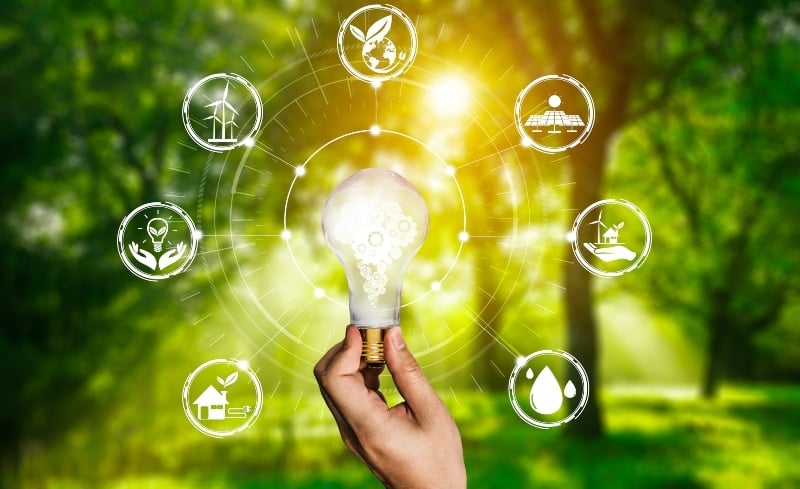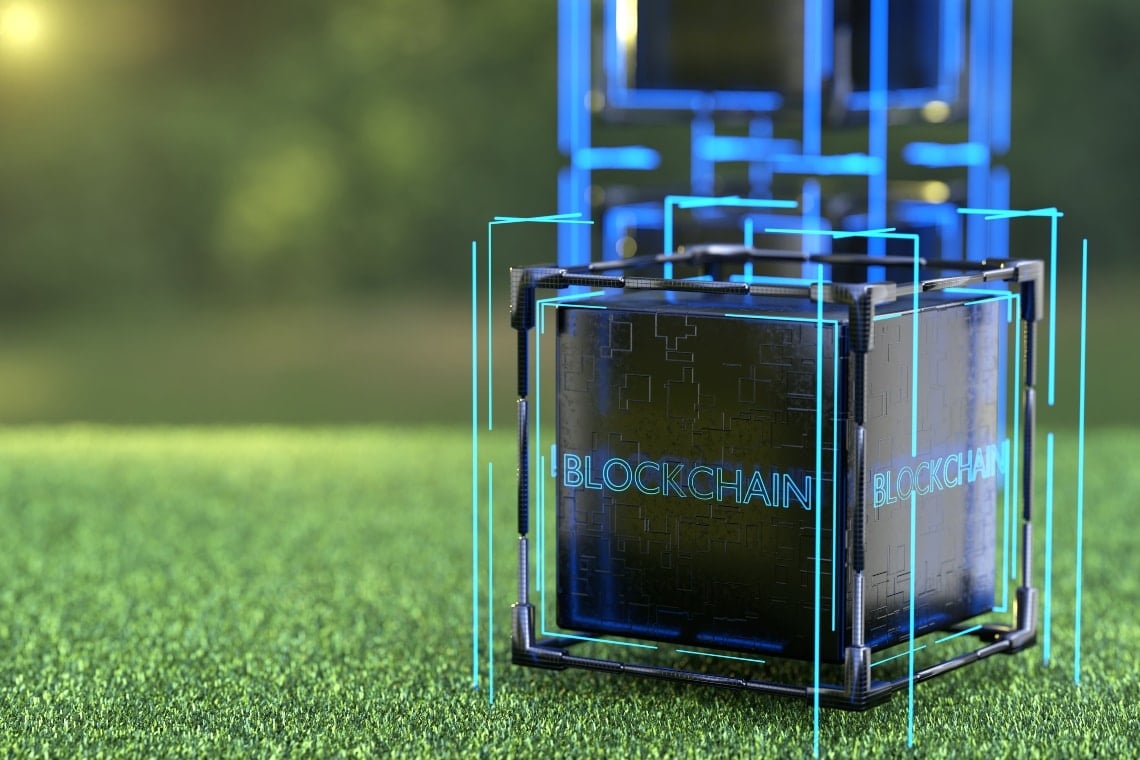The European Union’s Blockchain Observatory and Forum team recently published a report on the applications of blockchain technology in the energy field.
Summary
Blockchain and the energy sector: an EU report

The report consists of a lengthy 53-page PDF, and is the first in a series of thematic reports produced by the new team leading the Observatory.
The aim is to present the latest updates and developments in the EU blockchain ecosystem, and to reflect on the latest trends so that the future of blockchain in Europe and worldwide can be discussed.
The team behind the report points out that the global energy landscape is changing rapidly, with new technologies emerging as new drivers for this industry sector.
The energy transition, dubbed the Digital Green Shift, is based on deregulation, decarbonization, decentralization, digitization and democratization.
In such a scenario, DLTs are seen as key technologies with high potential, capable of influencing or even revolutionizing various sectors, including the energy sector.
However, it is worth remembering that DLTs and blockchain are not exactly the same thing. Blockchain refers mainly to decentralized and permissionless platforms, whereas DLTs may not be.
Digitization and decentralization are two essential components of the Digital Green Shift, and offer several new opportunities for future energy systems and markets.
According to the report, this would require the development of new standards that also consider the use of DLTs. Specifically identified for this purpose is the IEEE Standards Association (SA) P2418.5 Blockchain in Energy Standards Working Group (WG), established in 2018 precisely to address these needs.
WG IEEE SA P2418.5 aims to:
“Propose, develop and communicate a set of open, common and interoperable standardisation procedures as well as a reference framework model to create holistic and vendor agnostic blockchain-/DLT-related guidelines applicable to the energy industry”.
This will be the scope of work, whereas as far as concrete applications of DLT are concerned, the most interesting components are decentralized ledgers, multi-node decentralized flexibility hubs, decentralized storage systems, and blockchain for storing data and enabling its use through automated procedures.
How blockchain technology will contribute to a greener transition
The key to this approach is identified precisely in the decentralized nature of these components, which allows the various actors to negotiate with each other without anyone “owning” the system, and without having to rely on mutual trust.
This scenario is not that of centralized and permissioned DLT, but precisely that of decentralized blockchains, such as Ethereum.
The concrete uses hypothesized are DER onboarding, participation in flexibility markets, activations and settlement.
The report also goes into detail, but the energy sector is so broad, technical and deep that it lists a quantity that cannot be summarized in a few lines.
In addition, it also includes dozens of case studies and analyses directly from industry players.
It is therefore a very technical report, intended specifically for practitioners, but which explicitly suggests that the crucial and truly innovative element of this technology is decentralization, and the trustless and permissionless nature of true blockchain.
Until a few years ago it seemed that the attitude of institutions towards this technology was the exact opposite, but finally it seems that even they have realized that without decentralization blockchain is just an inefficient way of creating databases.




